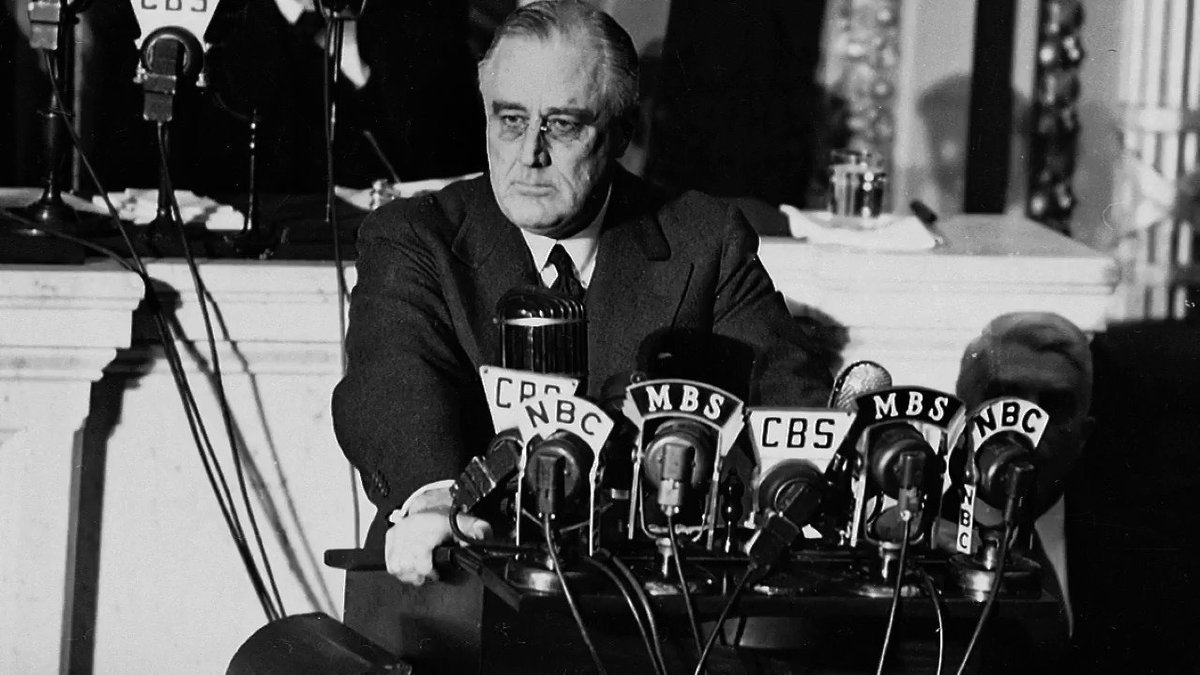Contrast : The Indian Constitution, the supreme law of India, has 145,000 words. Over 30 times as long!
Yet it has been amended just 27 times. Its length is not even a small fraction of the Indian document- a mucn younger democracy barely 7 decades old
The US document has just 7 articles. And amended 27 times. That number of 27 includes the Bill of Rights (the first 10 amendments) ratified in 1791
Ideally a Constitution should stick to describing the structure and powers of govt and not talk of culture,language, and other extraneous things
Yet the Indian document has 11 articles (343-350, 350A/B, 351) dedicated to discussing "Languages"!!
Also the heterogeneity of US has increased in every sense in the past 200 years
In the US, every state has its own Constitution. Unlike in India, where everything is packed into a single document.
The Alabama Constitution for instance, is the longest and has 345,000 words. That's much longer than the Indian Constitution!
Eg : Amendment 520 in the Alabama Constitution authorizes one Madison county to provide for exhumation of human graves
"To value and preserve the rich heritage of our composite culture"
"To develop the scientific temper, humanism and the spirit of inquiry and reform"
(Contd..)
The American document does not consider it necessary to tell people what sort of a life they should lead. Unlike the Indian document
So the "founding fathers" find it necessary to include a whole section called "Directive Principles"
While these "directives" are not enforceable by the courts, they add a great deal of bulk to the Indian document.
Some of these principles seem superfluous
Eg : The State should endeavor to minimise inequalities of income. (Art 38)
The State should promote "cottage industries" in rural areas. (Art 43)
Rather than let the party system determine the political agenda in the decades to come
The US document was ratified through a democratic process where each of the 13 states voted on it through their ratifying committees. The Constitution came into force only after each state ratified it
Also the Constituent Assembly was deeply involved in the drafting the Constitution itself! It met over 11 sessions and 166 days between 1947 and 1950 to discuss the Constitution.
So naturally there was a vested interest to approve of it
It was upto the Constitution drafters to convnce them of this document.
No such marketing was required in India! Because the ratifiers WERE the drafters too.
THis is not to say it isn't a fine document. But the philosophies underlying the 2 documents are v different.
Naturally you got a v v long document.








